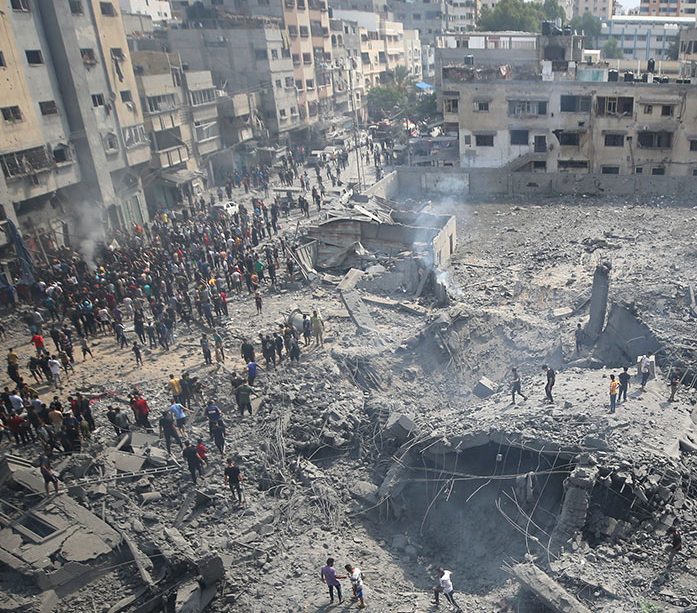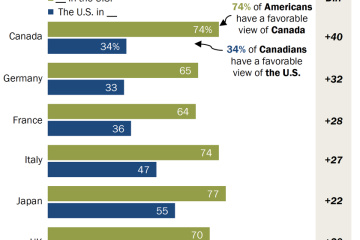Understanding the Gaza Situation: Challenges and Responses

Introduction
The Gaza Strip has been a focal point of conflict for decades, characterized by political strife, military confrontations, and significant humanitarian concerns. Recent escalations have drawn international attention, underscoring the evolving situation’s gravity and complexity. Understanding the current dynamics in Gaza is essential for grasping broader regional tensions and the human cost of prolonged conflict.
Current Situation in Gaza
As of October 2023, tensions escalated further following recent military operations. Reports indicate sporadic clashes between Israeli Defense Forces (IDF) and Palestinian militant groups, with heightened airstrikes across the region. The ongoing blockade by Israel and Egypt, initially imposed for security reasons, has contributed to severe shortages of essential supplies, including food, water, and medical resources, compounding the already fragile humanitarian situation.
The United Nations has issued multiple warnings regarding the deteriorating living conditions within Gaza, with more than two million residents facing a humanitarian crisis. The lack of access to adequate healthcare services has been particularly alarming, as hospitals struggle to cater to the growing number of casualties and those requiring urgent medical attention.
Humanitarian Response and International Reaction
In response to the escalating crisis, humanitarian organizations, including the Red Cross and UN agencies, have intensified their efforts to deliver aid. Food distributions, medical supplies, and psychological support services have been prioritized to assist affected populations. However, continuous hostilities and restrictions on movement impede these efforts.
Internationally, countries and human rights advocates have expressed concern over the military actions and the humanitarian implications for civilians in Gaza. Calls for a ceasefire and diplomatic engagements have emerged, though a concrete resolution remains elusive. Some nations demand Israel to uphold its obligations under international humanitarian law to protect civilians while others express solidarity with Israel in its pursuit of security.
Conclusion
The situation in Gaza continues to evolve with significant implications for regional stability and international relations. As tensions remain high and humanitarian challenges escalate, it becomes increasingly essential for stakeholders to engage in dialogue aimed at fostering peaceful cohabitation. The international community’s response will be crucial in determining the future trajectory of Gaza, impacting countless lives caught in the crossfire of ongoing conflict. Enhanced diplomatic efforts and humanitarian support can potentially pave the way towards a more stable and peaceful environment for the residents of Gaza.









